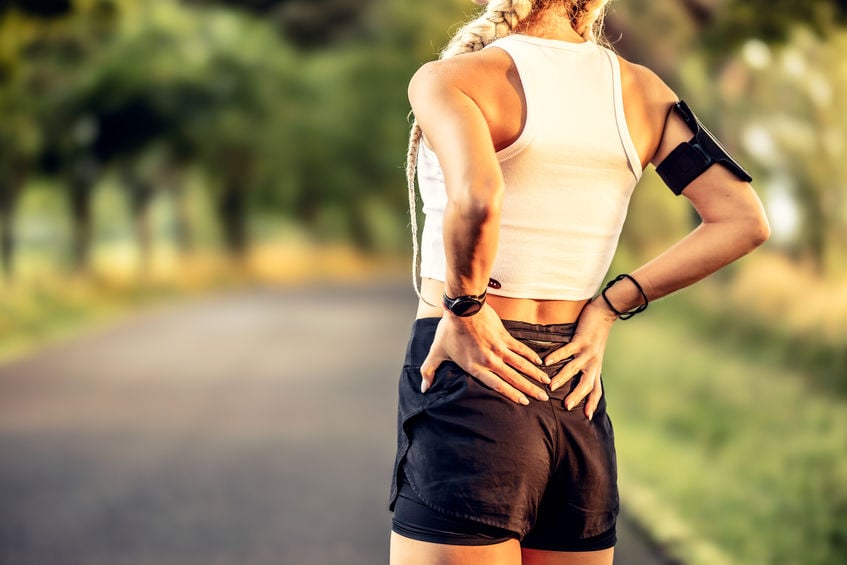Your Leg Pain May Be Sciatica
Impacting at least 40% of adults at some point in life, sciatica is a common occurrence. The sciatic nerve is the largest in the body, starting at the base of the spine and branching down to each leg. When this major nerve is irritated, the result is inflammation, pain, and discomfort, usually down a single leg. In severe cases, sciatic pain can lead to weakness and reduced mobility. Sciatica is not a condition but merely a symptom of an underlying problem. A herniated disc, spinal stenosis, or another spinal condition usually causes nerve irritation, which can lead to sciatica pain. There are surgical and non-surgical treatments, with stretching being a practical option.
How can stretching ease pain?
Sciatica pain stems from a long period of wear and tear on the spine, injury, or arthritis. Poor posture or other unhealthy lifestyle issues can lead to sciatica. Once a doctor confirms a patient has sciatica, exercise, particularly stretching, is often a common first-line treatment. Stretching reduces tension in the lower back, hips, and legs, contributing to nerve irritation. Consistent stretching can also increase flexibility, reducing irritation after simple movements like standing or bending over. Best of all, stretching may improve the space between the spine while promoting circulation, providing long-term relief. These 3 stretches may provide maximum relief for people suffering from sciatica.
1. Try a hamstring stretch
A standing hamstring stretch is a simple but effective movement to improve sciatica pain. Start by standing straight, with the feet hip-width apart. Next, keeping the back straight, bend over, and reach down to touch the toes as far as possible. Hold the position as recommended, then return to the starting stance. Complete as many reps as possible at least once daily. This exercise can also be performed in a split stance, targeting each leg, or by placing 1 leg at a time on a chair.
2. Try this yoga pose
Many forms of yoga are excellent for sciatica pain. The poses incorporate both stretching and strengthening. The correct technique can help the muscles and joints impacting the lower back. The cobra pose, for example, is an excellent option for relieving sciatica. Using a yoga mat or a clean, flat surface, lay face down with the stomach on the floor. Place both hands flat on the floor below the shoulders, squeezing the elbow into the body. Inhale while lifting the head, shoulders, and chest off the floor. Breathe while holding the pose, remembering that the stomach remains on the floor. Open the chest as much as possible and breathe, maintaining the pose for 30 seconds. Return to the starting position. Repeat this pose as many times as needed.
3. A knee-to-chest stretch
This simple knee-to-chest stretch opens the lower back, hamstrings, and hips. The exercise can be performed in bed or as a warmup before a workout. Start by lying face up on the floor or bed with both knees bent and flat on the ground. Bring 1 knee to the chest and use both hands to hold the knee to the chest. Hold the pose for at least 30 seconds, then repeat with the other knee. For a more advanced move, extend the opposite leg during the knee-to-chest stretch.
What if stretching fails?
Exercise can take several weeks before the benefits take effect. For the best results, perform stretching exercises consistently, preferably daily, even when pain is not present. Along with other pain management measures, sciatica patients should see significant improvements over time. However, there are occasions when exercise is ineffective, and surgery may be recommended. In this case, an orthopedic or spinal surgeon can use minimally invasive means to correct the underlying issue. The surgeon may perform a discectomy, laminectomy, or spinal fusion. If sciatica pain occurs, consider the many benefits of stretching before opting for more invasive measures like surgery.



